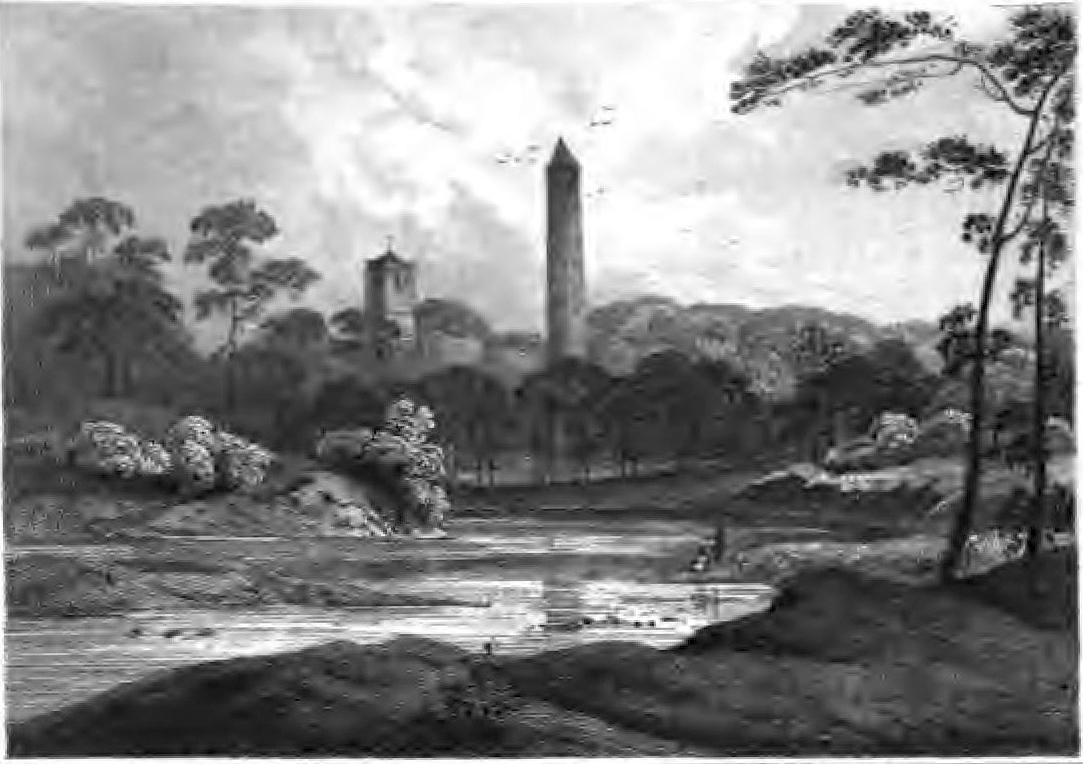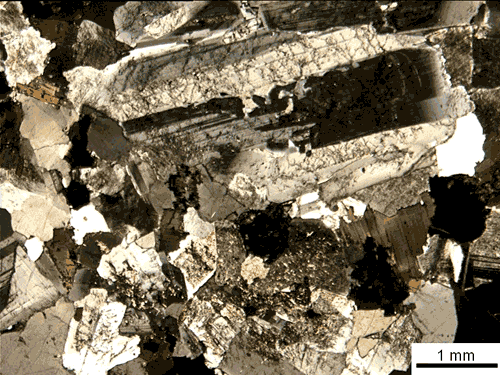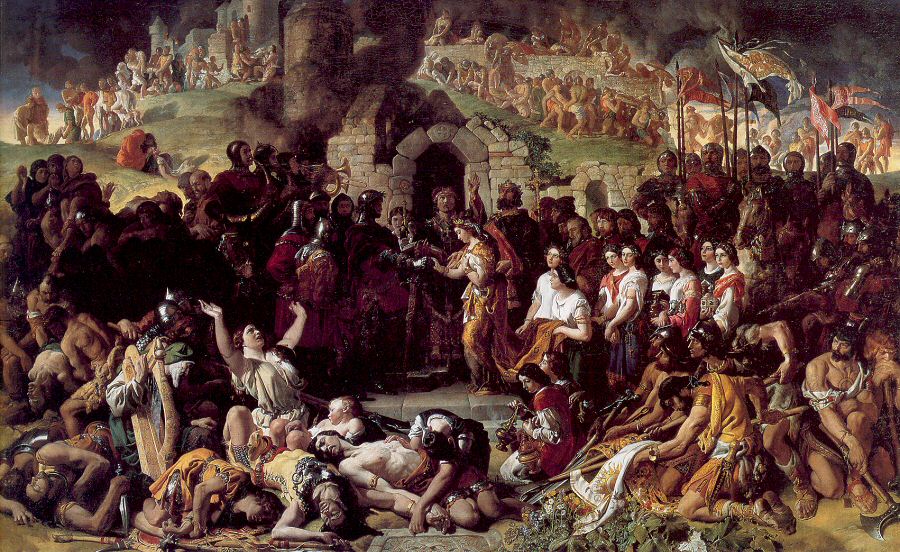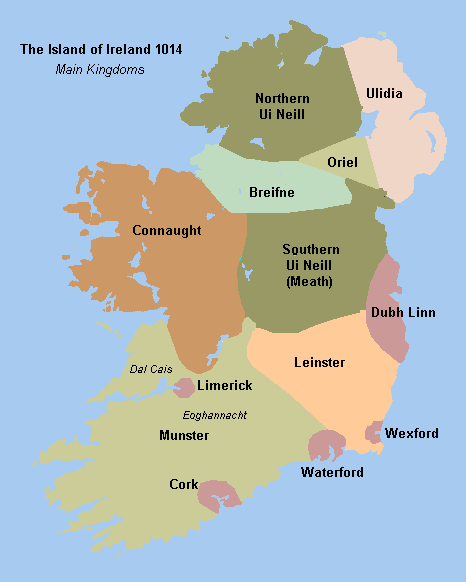|
Clondalkin Round Tower
Clondalkin Round Tower () is an Irish round tower or ''cloigtheach'' founded by Saint Mochua, also known as Saint Cronan, and located in Clondalkin, South Dublin, Ireland. It is now a National Monument of Ireland. It's also become a museum that houses a cafe. Location Clondalkin Round Tower is located in central Clondalkin, South Dublin, south of the River Camac. History Clondalkin Round Tower is built on the site of a monastery founded by Saint Mochua/Cronan in the 7th century. It is one of only four remaining in County Dublin, the others being located in Swords, Lusk and Rathmichael. It stands over high and is thought to be an early example as the granite on the lintels is flat. The Viking King Olaf the White built a fort here in AD 852. The monastery was plundered in 832 and 866. Amlaíb Conung (d. 874) built a fortress on the site in the middle of the 9th century. In 867 a force led by Cennétig mac Gaíthéne, king of Loígis, burned the fortress at Clondalkin and ki ... [...More Info...] [...Related Items...] OR: [Wikipedia] [Google] [Baidu] |
Clondalkin
Clondalkin ( ; ) is a suburban town situated 10 km south-west of Dublin city centre, Ireland, under the administrative jurisdiction of South Dublin. It features an 8th-century round tower that acts as a focal point for the area. Clondalkin forms part of the Dublin Mid-West Dáil constituency. Clondalkin is also the name of a civil parish in the ancient barony of Uppercross, and is also used in relation to some local religious parishes. History Prehistory Neolithic tribes first settled in the area around 7,600 years ago, taking advantage of the site's favourable location on the River Camac, overlooking the River Liffey and the inland pass between the mountains and the river. Evidence of the presence of the Cualann Celtic people (an early tribe possibly noted on as the Cauci on Ptolemy's world map) can be found in various mounds and raths. Christian era Clondalkin is believed to have been founded by Saint Cronan Mochua as a monastic settlement on the River Camac ove ... [...More Info...] [...Related Items...] OR: [Wikipedia] [Google] [Baidu] |
852 In Ireland
Events from the 9th century in Ireland. 800s ;802 *Death of Muiredach mac Domnaill, King of Mide. He is succeeded by Diarmait mac Donnchado. ;803 *Death of Diarmait mac Donnchado, King of Mide. He is succeeded by Conchobar mac Donnchada. ;804 * Aed Oirdnide of the Uí Néill is ordained overking of the Uí Néill by the abbot of Armagh. ;806 *Viking raid on Iona Abbey in which 68 people, the entire population of the abbey, are massacred. ;807 *Construction of the monastery of Kells is begun. *The Book of Armagh is compiled. *Vikings raid Roscam and Sligo Abbey. 810s ;812 *Death of Cosgrach mac Flannbhrath, King of Umaill. ;815 *Birth of Johannes Scotus Eriugena. ;819 *Conchobar mac Donnchada or Conchobar mac Donnchado is High King of Ireland with opposition (). 820s ;820 *Feidlimid mac Cremthanin begins his reign as King of Munster, continuing until his death in 847. ;822 *Death of Tighearnach mac Cathmogha, King of Uí Fiachrach Aidhne. 830s ;832 *A Viking fleet of a ... [...More Info...] [...Related Items...] OR: [Wikipedia] [Google] [Baidu] |
Sill Plate
A sill plate or sole plate in construction and architecture is the bottom horizontal member of a wall or building to which vertical members are attached. The word "plate" is typically omitted in America and carpenters speak simply of the "sill". Other names are ground plate, ground sill, groundsel, night plate, and midnight sill. Sill plates are usually composed of lumber but can be any material. The timber at the top of a wall is often called a top plate, pole plate, mudsill, wall plate or simply "the plate". Timber sills In historic buildings the sills were almost always large, solid timbers framed together at the corners, carry the bents, and are set on the stone or brick foundation walls, piers, or piles (wood posts driven or set into the ground). The sill typically carries the wall framing (posts and studs) and floor joists. There are rare examples of historic buildings in the U.S. where the floor joists land on the foundation and a plank sill or timber sill sit on top o ... [...More Info...] [...Related Items...] OR: [Wikipedia] [Google] [Baidu] |
Jamb
A jamb (from French ''jambe'', "leg"), in architecture, is the side-post or lining of a doorway or other aperture. The jambs of a window outside the frame are called “reveals.” Small shafts to doors and windows with caps and bases are known as “jamb-shafts”; when in the inside arris of the jamb of a window, they are sometimes called "scoinsons." A doorjamb, door jamb (also sometimes doorpost) is the vertical portion of the door frame onto which a door A door is a hinged or otherwise movable barrier that allows ingress (entry) into and egress (exit) from an enclosure. The created opening in the wall is a ''doorway'' or ''portal''. A door's essential and primary purpose is to provide security b ... is secured. The jamb bears the weight of the door through its hinges, and most types of door latches and deadbolts extend into a recess in the doorjamb when engaged, making the accuracy of the plumb (i.e. true vertical) and strength of the doorjambs vitally important to th ... [...More Info...] [...Related Items...] OR: [Wikipedia] [Google] [Baidu] |
Granite
Granite () is a coarse-grained ( phaneritic) intrusive igneous rock composed mostly of quartz, alkali feldspar, and plagioclase. It forms from magma with a high content of silica and alkali metal oxides that slowly cools and solidifies underground. It is common in the continental crust of Earth, where it is found in igneous intrusions. These range in size from dikes only a few centimeters across to batholiths exposed over hundreds of square kilometers. Granite is typical of a larger family of ''granitic rocks'', or '' granitoids'', that are composed mostly of coarse-grained quartz and feldspars in varying proportions. These rocks are classified by the relative percentages of quartz, alkali feldspar, and plagioclase (the QAPF classification), with true granite representing granitic rocks rich in quartz and alkali feldspar. Most granitic rocks also contain mica or amphibole minerals, though a few (known as leucogranites) contain almost no dark minerals. Granite is ... [...More Info...] [...Related Items...] OR: [Wikipedia] [Google] [Baidu] |
Buttress
A buttress is an architectural structure built against or projecting from a wall which serves to support or reinforce the wall. Buttresses are fairly common on more ancient buildings, as a means of providing support to act against the lateral (sideways) forces arising out of inadequately braced roof structures. The term ''counterfort'' can be synonymous with buttress and is often used when referring to dams, retaining walls and other structures holding back earth. Early examples of buttresses are found on the Eanna Temple (ancient Uruk), dating to as early as the 4th millennium BC. Terminology In addition to flying and ordinary buttresses, brick and masonry buttresses that support wall corners can be classified according to their ground plan. A clasping or clamped buttress has an L shaped ground plan surrounding the corner, an angled buttress has two buttresses meeting at the corner, a setback buttress is similar to an angled buttress but the buttresses are set back from ... [...More Info...] [...Related Items...] OR: [Wikipedia] [Google] [Baidu] |
Ruaidrí Ua Conchobair
Ruaidrí mac Tairrdelbach Ua Conchobair (Modern Irish: Ruairí Ó Conchúir; anglicized as Rory O'Conor) ( – 2 December 1198) was King of Connacht from 1156 to 1186, and High King of Ireland from 1166 to 1198. He was the last High King of Ireland before the Anglo-Normans invaded Ireland (Brian Ua Néill and Edward Bruce both claimed the title with opposition in later years but their claims were considered illegitimate). Ruaidrí was one of over twenty sons of King Tairrdelbach Ua Conchobair (1088–1156). He and his sister Mór were Tairrdelbach's only children from his third wife, Cailech Dé Ní hEidin of Aidhne. ''Rig Damna Connachta'' Ruaidrí was not a favourite of his father, his brother Conchobar Ua Conchobair being Tairrdelbach's ''tánaiste'' and designated heir. In 1136, he and his brother Aedh (died 1195) took advantage of a low in Tairrdelbach's fortunes to stage a rebellion. Aedh was blinded by Conchobar on Tairrdelbach's orders but Ruaidrí was protected by the ... [...More Info...] [...Related Items...] OR: [Wikipedia] [Google] [Baidu] |
High King Of Ireland
High King of Ireland ( ga, Ardrí na hÉireann ) was a royal title in Gaelic Ireland held by those who had, or who are claimed to have had, lordship over all of Ireland. The title was held by historical kings and later sometimes assigned anachronously or to legendary figures. Medieval and early modern Irish literature portrays an almost unbroken line of High Kings, ruling from the Hill of Tara over a hierarchy of lesser kings, stretching back thousands of years. Modern historians believe this scheme was crafted in the 8th century from the various genealogical traditions of powerful dynasties, and intended to justify their status by projecting it far into the past. Dáibhí Ó Cróinín, "Ireland, 400–800", in Dáibhí Ó Cróinín (ed.), ''A New History of Ireland 1: Prehistoric and Early Ireland'', Oxford University Press, 2005, pp. 182–234. John T. Koch explains: "Although the kingship of Tara was a special kingship whose occupants had aspirations towards supremacy ... [...More Info...] [...Related Items...] OR: [Wikipedia] [Google] [Baidu] |
Richard De Clare, 2nd Earl Of Pembroke
Richard de Clare, 2nd Earl of Pembroke (of the first creation), Lord of Leinster, Justiciar of Ireland (113020 April 1176), also known as Richard FitzGilbert, was an Anglo-Norman nobleman notable for his leading role in the Anglo-Norman invasion of Ireland. Like his father, Richard fitz Gilbert has since become commonly known by his nickname Strongbow (Norman French: ''Arc-Fort''), which may be a mistranscription or mistranslation of " Striguil". His son Gilbert de Striguil (or de Strigoil) died unmarried before 1189 and the earldom passed via Richard's daughter Isabel to her spouse William Marshall. Cognomen (nickname) Richard's nickname Strongbow has become the name he is best known by, but it is unlikely that he was called that during his lifetime. Nicknames of other Cambro-Norman and Norman lords were exclusively Norman-French as the nobility spoke French and, with few exceptions, official documents were written in Latin during this period. The confusion seems to have arise ... [...More Info...] [...Related Items...] OR: [Wikipedia] [Google] [Baidu] |
Norman Invasion Of Ireland
The Anglo-Norman invasion of Ireland took place during the late 12th century, when Anglo-Normans gradually conquered and acquired large swathes of land from the Irish, over which the kings of Kingdom of England, England then claimed sovereignty, all allegedly sanctioned by the Papal bull ''Laudabiliter''. At the time, Gaelic Ireland was made up of several kingdoms, with a High King of Ireland, High King claiming lordship over most of the other kings. The Norman invasion was a watershed in Ireland's history, marking the beginning of more than 800 years of direct English and, later, British, involvement in Ireland. In May 1169, Anglo-Norman mercenaries landed in Ireland at the request of Diarmait mac Murchada (Dermot MacMurragh), the Deposition (politics), deposed List of kings of Leinster, King of Leinster, who sought their help in regaining his kingship. They achieved this within weeks and raided neighbouring kingdoms. This military intervention was sanctioned by King Henry II o ... [...More Info...] [...Related Items...] OR: [Wikipedia] [Google] [Baidu] |
Battle Of Clontarf
The Battle of Clontarf ( ga, Cath Chluain Tarbh) took place on 23 April 1014 at Clontarf, near Dublin, on the east coast of Ireland. It pitted an army led by Brian Boru, High King of Ireland, against a Norse- Irish alliance comprising the forces of Sigtrygg Silkbeard, King of Dublin; Máel Mórda mac Murchada, King of Leinster; and a Viking army from abroad led by Sigurd of Orkney and Brodir of Mann. It lasted from sunrise to sunset, and ended in a rout of the Viking and Leinster armies. It is estimated that between 7,000 and 10,000 men were killed in the battle, including most of the leaders. Although Brian's forces were victorious, Brian himself was killed, as were his son Murchad and his grandson Toirdelbach. Leinster king Máel Mórda and Viking leaders Sigurd and Brodir were also slain. After the battle, the power of the Vikings and the Kingdom of Dublin was largely broken. The battle was an important event in Irish history and is recorded in both Irish and Nors ... [...More Info...] [...Related Items...] OR: [Wikipedia] [Google] [Baidu] |
Brian Boru
Brian Boru ( mga, Brian Bóruma mac Cennétig; modern ga, Brian Bóramha; 23 April 1014) was an Irish king who ended the domination of the High Kingship of Ireland by the Uí Néill and probably ended Viking invasion/domination of Ireland. Brian built on the achievements of his father, Cennétig mac Lorcain, and especially his elder brother, Mathgamain. Brian first made himself king of Munster, then subjugated Leinster, eventually becoming High King of Ireland. He was the founder of the O'Brien dynasty, and is widely regarded as one of the most successful and unifying monarchs in medieval Ireland. With a population of under 500,000 people, Ireland had over 150 kings, with greater or lesser domains. The Uí Néill king Máel Sechnaill mac Domnaill, abandoned by his northern kinsmen of the Cenél nEógain and Cenél Conaill, acknowledged Brian as High King at Athlone in 1002. In the decade that followed, Brian campaigned against the northern Uí Néill, who refused to ... [...More Info...] [...Related Items...] OR: [Wikipedia] [Google] [Baidu] |





